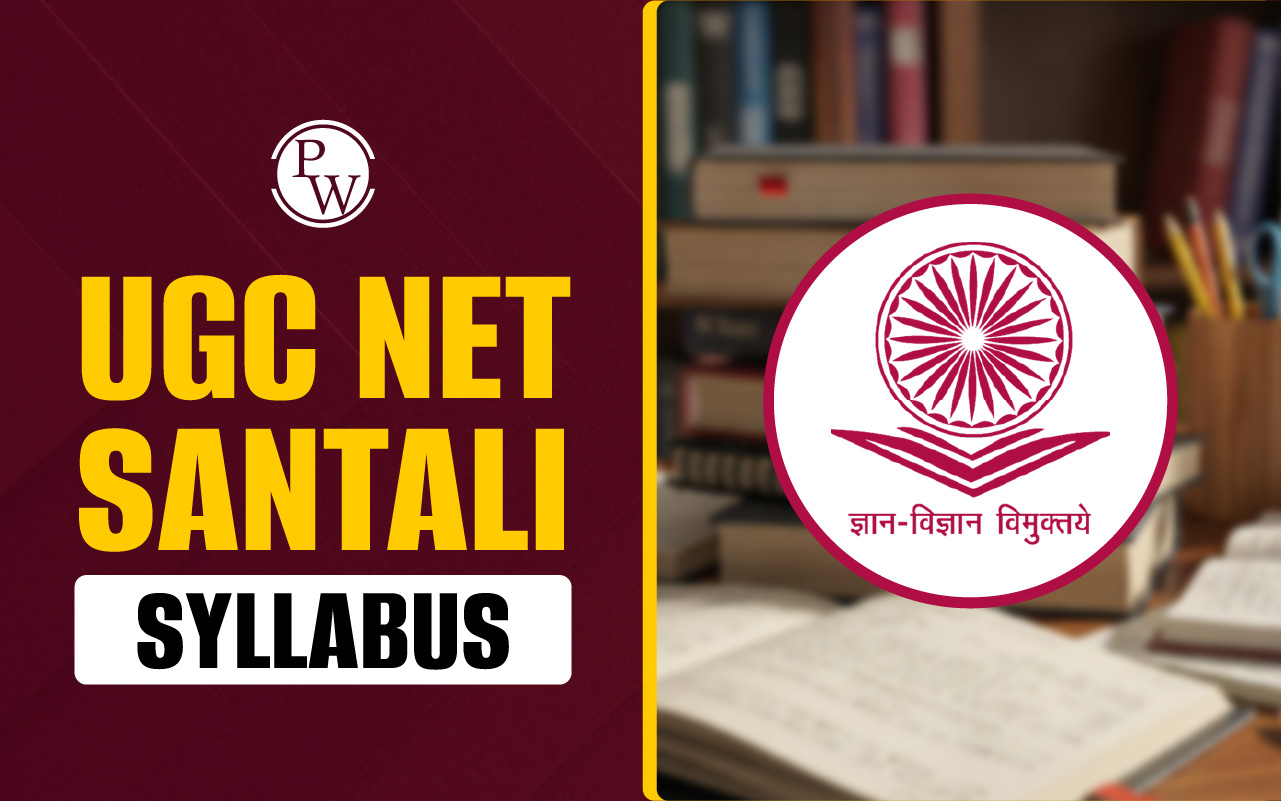
The Segmentary State Model, developed by historian Burton Stein, offers a decentralized framework for understanding South Indian polity. Coined by anthropologist4 Aidan Southall and adapted to the Indian context by historian Burton Stein, this model challenges the centralized notions of political authority traditionally associated with medieval kingdoms.
What Is the Segmentary State Model?
The Segmentary State Model describes a political system where authority is decentralized and distributed across various semi-autonomous units. Unlike centralized states where a single authority wields absolute power, segmentary states operate on a hierarchical but non-centralized basis. This concept was first introduced by Aidan Southall to analyze African societies and later applied to Indian history by Burton Stein, particularly in the context of the Chola dynasty (9th–13th centuries CE).
In Southall’s framework, a segmentary state is characterized by concentric circles of power, with the central authority—often the king—exercising limited control over peripheral regions. Stein’s application of this model to medieval South India provides insights into the nature of governance under the Cholas, Pallavas, and other dynasties.
Origin of the Segmentary State Model in Indian History
Burton Stein adapted Southall’s model to analyze the political structures of South India during the early medieval period. He argued that dynasties like the Cholas governed through a system of ritual sovereignty, where the king’s authority was primarily symbolic and spiritual rather than administrative. Peripheral regions were often governed by local chieftains or feudatories who enjoyed substantial autonomy.
Stein’s hypothesis significantly reshaped how historians viewed Indian polity, moving away from the Eurocentric idea of a monolithic, centralized state.
Features of the Segmentary State Model
The Segmentary State Model in India exhibits distinct features that differentiate it from traditional notions of statehood. These features include:
-
Decentralized Authority: Authority in segmentary states is distributed across multiple levels. The central ruler’s power diminishes as one moves outward from the core region. Local elites or feudatories exercise considerable autonomy, managing their territories with minimal interference.
-
Ritual Sovereignty: The king’s role is often more symbolic than administrative. Rituals and ceremonies reinforce the king’s spiritual authority, creating a unifying framework for diverse and decentralized regions.
-
Concentric Circles of Power: The state operates through a system of concentric circles. The core region around the capital is directly controlled by the king, while peripheral areas are governed by semi-autonomous chieftains.
-
Local Autonomy: Local chieftains or feudatories hold substantial control over administrative, judicial, and economic activities in their territories. This autonomy is often legitimized through alliances, rituals, or military obligations to the central authority.
-
Lack of Bureaucratic Institutions: Unlike centralized states, segmentary states lack well-defined bureaucratic structures. Administration is carried out by local power holders who manage resources and implement policies in their regions.
-
Ritual Integration: Religious ceremonies and temple-based activities play a crucial role in integrating diverse regions. Temples often act as hubs of economic and political activity, bridging the gap between the central authority and peripheral regions.
The Segmentary State Model in the Indian Context
The Chola dynasty is the most cited example of the Segmentary State Model in India. Burton Stein argued that the Cholas maintained their authority through ritual sovereignty and alliances with local elites. While the central administration controlled the core regions around Tanjore, peripheral areas were managed by autonomous chieftains and village assemblies.
The Cholas relied heavily on temple institutions to reinforce their legitimacy. Temples acted as centers of economic redistribution, social integration, and religious authority, linking local communities to the central state through shared cultural and spiritual practices.
While Stein’s analysis focused on the Cholas, elements of the Segmentary State Model can also be seen in other South Indian dynasties like the Pallavas and Pandya rulers. Northern India’s Rajput states and certain tribal polities also exhibit similar characteristics, although they have not been studied extensively within this framework.
Criticism of the Segmentary State Model
Despite its significance, the Segmentary State Model in India has faced substantial criticism. Scholars have raised the following concerns:
-
Critics argue that the model oversimplifies the complexities of Indian political structures. It cannot adequately account for the variations in governance between different dynasties or regions.
-
Some historians believe the model underestimates the role of bureaucracy in medieval South Indian states. For instance, inscriptions from the Chola period reveal evidence of organized administrative practices and tax collection systems.
-
The emphasis on ritual sovereignty has been criticized for overlooking the practical aspects of governance, such as military campaigns, economic policies, and legal systems.
-
The model assumes a uniformity in governance that does not exist. For instance, the Chola core regions were tightly controlled, contrasting sharply with the autonomy of peripheral areas.
-
Some scholars argue that the Segmentary State Model borrows heavily from European concepts, making it less suited to capture the nuances of Indian history.
-
Historians like R. Champakalakshmi and Hermann Kulke have proposed alternative frameworks that emphasize the integration of local and central authority through temples, trade networks, and agrarian expansion. These models challenge the segmentary approach’s limitations.
Conclusion
The Segmentary State Model has significantly enriched our understanding of medieval Indian polity by highlighting the decentralized nature of governance and the role of ritual sovereignty. While it offers valuable insights, particularly in the context of the Chola dynasty, it is not without its limitations. Critics have questioned its applicability across different regions and dynasties, suggesting the need for a more nuanced approach.
Segmentary State Model FAQs
What is the Segmentary State Model?
Who introduced the Segmentary State Model in India?
What are the key features of the Segmentary State Model in India?
Which dynasty is most associated with the Segmentary State Model?
What are the criticisms of the Segmentary State Model?










